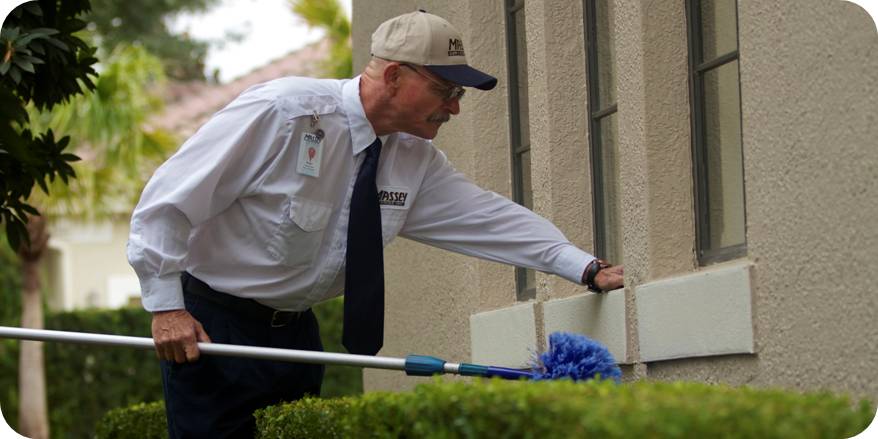More than 90% of termite infestation problems in homes originate in areas where wood meets soil.There is no barrier to termite penetration in these areas; any foraging termite that finds its way to a 2×4 can easily begin working its way into your home—and letting the other termites in its colony know where to go. It may be obvious, but it is also obviously overlooked. With $5 billion worth of termite damage every year, and 90% of that damage from direct wood-ground contact, it is time to take a close look at the entire structure of your home and make sure that the wood around your foundation is raised at least six inches from the soil. This is the only way to ensure increased protection from termite damage. While termites can travel upwards of fifteen feet into the air, they must construct shelter tubes to do so. These shelter tubes are readily apparent to anyone with their eyes open, and simply by keeping the timbers of your home away from the soil, you decrease the chances of suffering an undetected termite infestation significantly.
shelter tubes These shelter tubes are readily apparent to anyone with their eyes open, and simply by keeping the timbers of your home away from the soil, you decrease the chances of suffering an undetected termite infestation significantly. One of the most common termite entry points is through decks and patios. With just one access point, an entire termite colony can breed and eat its way into your home entirely undetected. Here’s how:
With just one access point, an entire termite colony can breed and eat its way into your home entirely undetected. Here’s how: Fortunately (in this instance, anyway), termites aren’t suicidal; they only eat about 10-20% of the heart-wood in any particular timber, and fill it with dirt to maintain moisture. Of course, while termites can gauge how much of the wood they should keep to cover them and maintain the right moisture levels, they aren’t intelligent enough to know if they are eating through a key structural component of your home (such as the ridge of your roof).
they only eat about 10-20% of the heart-wood in any particular timber, and fill it with dirt to maintain moisture. Of course, while termites can gauge how much of the wood they should keep to cover them and maintain the right moisture levels, they aren’t intelligent enough to know if they are eating through a key structural component of your home (such as the ridge of your roof). By making sure that all decking posts are kept off of the ground at least six inches, either by solid cinder blocks or poured foundation footings, the integrity of your termite barrier grows immensely. Aside from the wood that your home is actually composed of, termites also seek to establish colonies in other piles; such as your firewood for the winter, old tool-sheds, and piles of tree limbs. By having woodpiles such as these near your home, you: increase the likelihood of having a large termite population near your home
in turn, you increase the likelihood of suffering termite damage to your own home
To properly maintain a termite barrier around your home and decrease the likelihood and strength of a termite infestation, as well as the effectiveness of your termite control plan, make sure that all loose wood and other cellulose debris that is likely to host a termite infestation is removed from around your home. For more information on constructing or reconstructing your home with termite resistant materials, click here. Next article>>> Covering Your Rear: Treating Foundations for Termite ControlIf you are looking for hardwood flooring for your house, then this link zothexflooring.com/hardwood/ would be the perfect way to start out as it takes you to the official website of Zothex that has some of the best ones to avail right from maple to marble so choose the best for your house and never let any termite issue to take place especially now in times of a global pandemic when social distancing is a must and pest controlling would mean an added headache.





